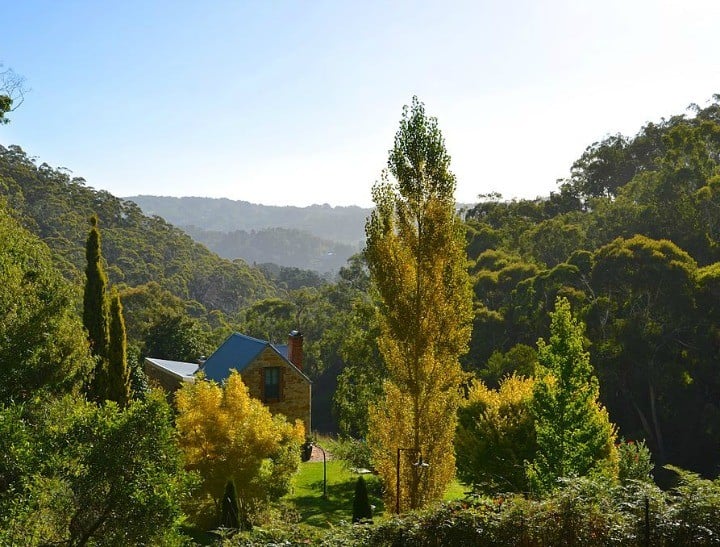
With ‘conscientious objector’ figures rising across the country, Mamamia investigates the most prominent anti-vaxxer pockets in Australia.
Increasing numbers of parents are registering as ‘conscientious objectors’ to childhood vaccinations, according to government figures.
Health Department statistics reveal that last year, 39,523 children were recorded as conscientious objectors to vaccinations last year, out of more than 2.2 million total children on the department’s register.
While the most objections from any one state came from NSW last year, objectors were clustered in areas as diverse as inner-city Melbourne and the Adelaide Hills in South Australia –with immunisation rates in some pockets of the country remaining “lower than South Sudan”, according to Melbourne virologist Dr Dave Hawkes.
Shadow Health Minister Catherine King told Mamamia the low level of immunisation in these hot spots is “a cause for great concern”.
“In some of these communities fewer than half the population is fully vaccinated, which leaves their populations badly exposed to outbreaks of potentially deadly diseases,” she said.
“Worse, this loss of ‘herd immunity’ also exposes people too young, or too ill to be vaccinated, such as babies, and we’ve already seen tragic example of this in recent years.”
University of Sydney Associate Professor Julie Leask told Mamamia that while the vast majority of Australian parents did vaccinate their kids, certain pockets of parents believe “that the risks of vaccines outweigh the benefits — despite what the science says”.




Top Comments
I was just wondering if there are any statistics on the health of the children in these non-vacinated 'hot spots'. Is disease more prevalent in these areas? And since the reduction of vacination has there been an increase in deaths from these diseases? Are body is designed to get sick it stregthens our immune systems, however some people have compromised immune systems which can not combat some illness. If there is a correlation in reduced vacination rates and increased deaths then I see a problem, but if there isn't any significant increases of death I'm not seeing the alarming problem?
Really? "Are body is designed to get sick"? Is that why 25% of people die from untreated tetanus?
Jamie Crook, this might clear up AeRicks’ comment for you (numbers are for example only):
1000 people get tetanus
500 people are not treated for tetanus
125 people (25% of 500 people) die from tetanus as a result of being UNTREATED
Yes, a perfect opportunity to study the health outcomes in the least vaccinated areas and most vaccinated areas in Australia... I am sure this will never be done, because it will not show a good outcome for vaccines.
Tasmania not included YET AGAIN !